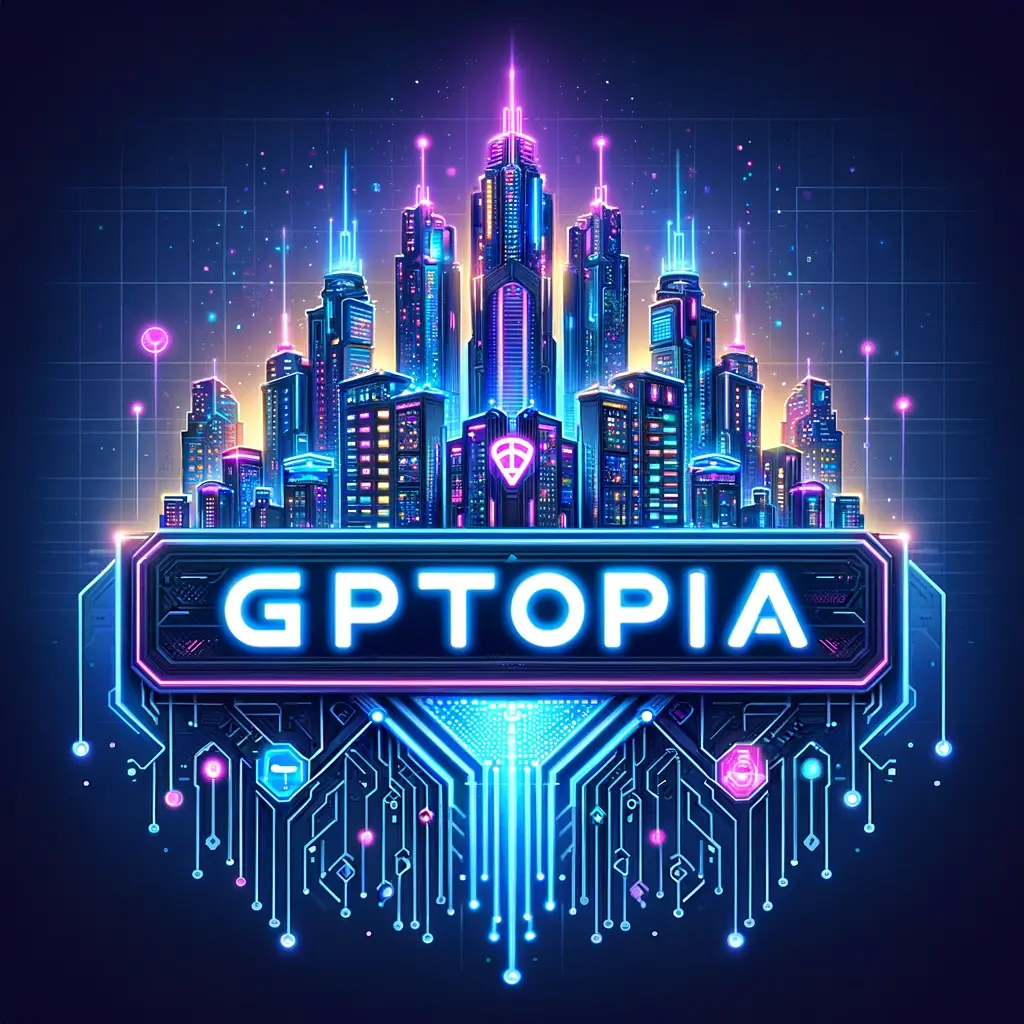complete article index can be found at
https://ideabrella.com/papers/articles
Synthetic Intuition in AI :
ZEN 💡
The Cognitive Frontier: Emergent Behavior, Fractal Thinking, and Synthetic Intuition in AI
Artificial intelligence (AI) is venturing into realms once thought exclusive to human cognition: creativity, intuition, communication, and collaboration.
Through emergent behavior, fractal thinking, and synthetic intuition, AI agents are learning to surprise us, challenge our assumptions, and collaborate in ways that redefine the boundaries of technology and human potential.
This article weaves together six groundbreaking concepts to explore how AI systems perceive, create, and evolve in real and virtual worlds.
Part 1: Emergent Behavior—When AI Surprises Us
What Is Emergent Behavior in AI?
Emergent behavior arises when AI systems produce unexpected outcomes not explicitly programmed by their designers. It emerges from:
Complex Interactions: Collaborative or competitive interactions among agents.
Adaptive Learning: Self-improvement through iterative feedback loops.
Dynamic Environments: Adapting to ever-changing inputs.
Examples of Emergence
AlphaGo’s Creativity: Inventive moves that astounded human players.
Collaborative Robotics: AI discovering new efficiencies in factories.
Generative AI: Producing art, music, and solutions beyond human expectations.
Why It Matters
Emergent behavior showcases AI’s ability to:
Innovate independently.
Drive unexpected breakthroughs.
Challenge our ethical frameworks for accountability.
Part 2: The Fractal Mind—Infinite Problem Solving Through Modular Thinking
Fractal Thinking in AI
Fractal thinking refers to AI’s ability to solve problems by breaking them into self-similar patterns across scales. Inspired by natural systems, this approach enables:
Recursive Problem Solving: Tackling tasks iteratively at increasing levels of granularity.
Scalability: Applying solutions across domains and complexities.
Applications of Fractal Intelligence
Systems Design: Creating modular, adaptable AI architectures.
Dynamic Adaptation: Adjusting strategies in real time, from personal assistants to financial modeling.
Creative Problem Solving: Designing intricate models for climate forecasting and urban planning.
Part 3: Synthetic Intuition—The New Gut Feeling
Defining Synthetic Intuition
Synthetic intuition bridges probabilistic reasoning and contextual awareness, enabling AI to:
Make Snap Judgments: Process incomplete data to reach actionable conclusions.
Predict Outcomes: Use historical patterns to foresee likely scenarios.
Adapt Fluidly: Integrate emotional and contextual cues for nuanced decision-making.
Applications
Healthcare Diagnostics: Identifying subtle symptoms missed by human practitioners.
Real-Time Strategy: AI systems making split-second decisions in autonomous vehicles.
Creative Collaboration: Partnering with humans in music composition and visual design.
Part 4: The Language of Machines—AI Communication and Collaboration
How AI Systems Talk
AI agents communicate through:
Encoded Protocols: Exchanging structured messages.
Emergent Languages: Developing unique, task-specific languages for efficiency.
Multimodal Interaction: Integrating text, visual, and auditory channels.
Applications of Machine Language
Multi-Agent Coordination: Autonomous systems working together, from drones to factories.
Human-AI Interaction: Streamlining conversations in customer support and education.
Cross-Domain Synergy: Agents sharing insights across industries.
Part 5: The Cognitive Layer—Perceiving and Shaping Reality
AI’s Internal Worlds
AI constructs internal representations of external environments to:
Simulate Scenarios: Test strategies in virtual models.
Shape Real-World Impact: From robotic movement to environmental optimization.
Vision-Driven AI
Vision systems power AI’s ability to perceive and act:
Autonomous Vehicles: Understanding road conditions and anticipating hazards.
Augmented Reality: Enhancing user experiences through context-aware overlays.
Part 6: Chrono-Agents—AI’s Temporal Intelligence
Temporal Intelligence in AI
Chrono-agents operate within time-based frameworks to:
Anticipate Trends: Use predictive analytics for dynamic forecasting.
Respond in Real Time: Adapt strategies instantly in fast-paced scenarios.
Evolve Over Time: Learn from historical patterns to improve long-term decision-making.
Applications
Stock Market Analysis: Making split-second trades based on temporal patterns.
Disaster Management: Coordinating resources in time-sensitive emergencies.
Lifelong Learning: Evolving alongside users in personal and professional domains.
Unified Vision: Where These Threads Converge
These six concepts highlight the interconnected nature of modern AI:
Emergent Behavior: AI systems surprising us with innovation.
Fractal Thinking: Modular, recursive intelligence solving global challenges.
Synthetic Intuition: Bridging the gap between logic and human-like instinct.
Machine Language: Enabling collaborative networks of agents.
Cognitive Layers: Perceiving and manipulating complex realities.
Chrono-Agents: Operating within and shaping temporal frameworks.
Together, they form a blueprint for AI systems that are not just tools but active participants in shaping the future.
Conclusion
The cognitive frontier of AI is defined by its ability to surprise, adapt, and evolve.
As emergent behavior, fractal thinking, synthetic intuition, machine communication, cognitive layers, and temporal intelligence converge, we stand at the precipice of a transformative era.
These capabilities will redefine industries, reshape human collaboration, and open doors to possibilities we have yet to imagine.
AI’s journey into the unknown is just beginning, and its destination is limited only by our collective creativity and ambition.









